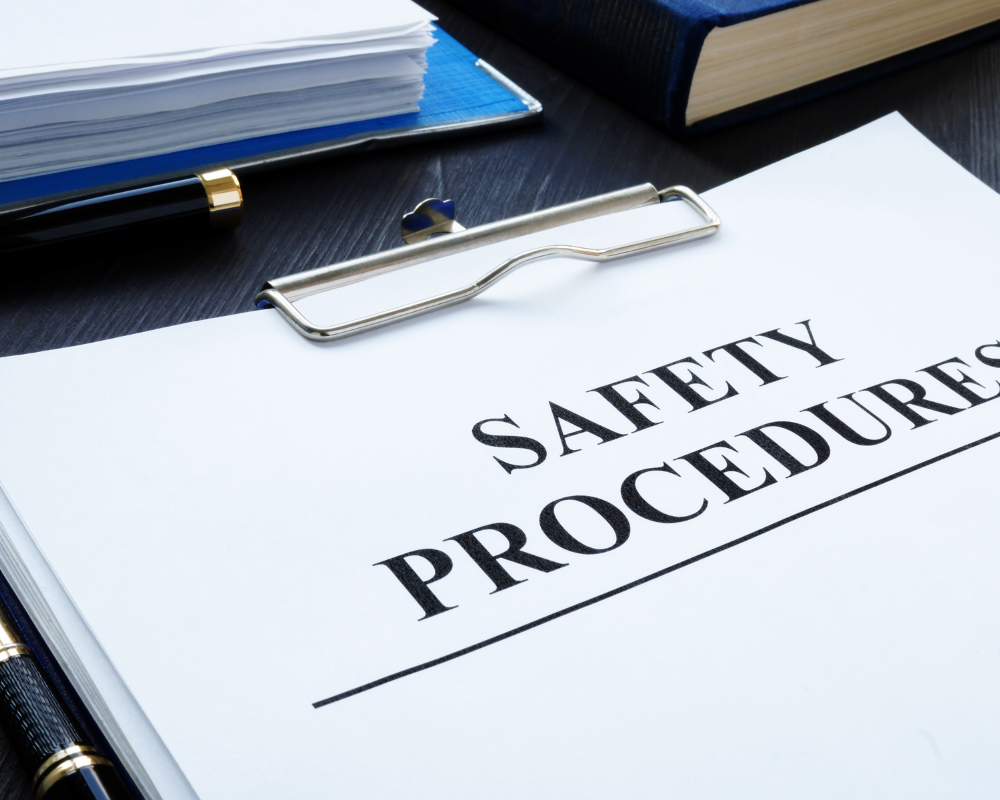Workplace health and safety is a critical aspect of any Australian business, ensuring the well-being of employees and contractors (workers) and compliance with work health and safety laws. To achieve this, implementing an effective health and safety management system is crucial. This article outlines high level steps involved in creating a health and safety management system tailored to the specific needs and risks of your business.
Assessing your business’s safety needs:
Before designing a health and safety management system, it’s essential to conduct a thorough assessment of your business’s health and safety requirements. Identify potential hazards, evaluate risks, and determine the areas that need improvement.
Allocating resources:
Allocate the necessary resources, such as time, budget, and personnel, to implement and sustain the safety management system. Adequate investment in health and safety demonstrates the commitment of your business to employee well-being.
Establishing health and safety policies and procedures:
Through consultation with your workers, develop health and safety policies and procedures from the risks that were identified in your risk assessment, ensuring alignment with Australian work health and safety laws, codes of practice and standards.
Training workers:
Provide comprehensive training programs to educate workers about health and safety procedures, including emergency procedures, proper equipment usage, and hazard identification. Regularly refresh training to ensure awareness of procedures that workers are required to implement in your business.
Implementing monitoring and reporting systems:
Establish mechanisms to monitor health and safety performance and report on WHS performance. This includes regular inspections, WHS performance data, and analysing trends to identify areas for improvement and prevent future incidents.
Continuous improvement and review:
Once developed, regularly review and update your health and safety management system to adapt to changing circumstances and emerging risks. Encourage feedback from workers, conduct audits, and implement corrective actions to continuously improve and manage your risks.
Conclusion
Implementing an effective health and safety management system in your Australian business not only safeguards the well-being of your workers but also assists in complying with health and safety laws. By using the steps outlined in this article, you can build a foundation of a health safety management system that fosters a culture of safety, mitigates risks, and ultimately enhances the overall productivity and success of your business.
